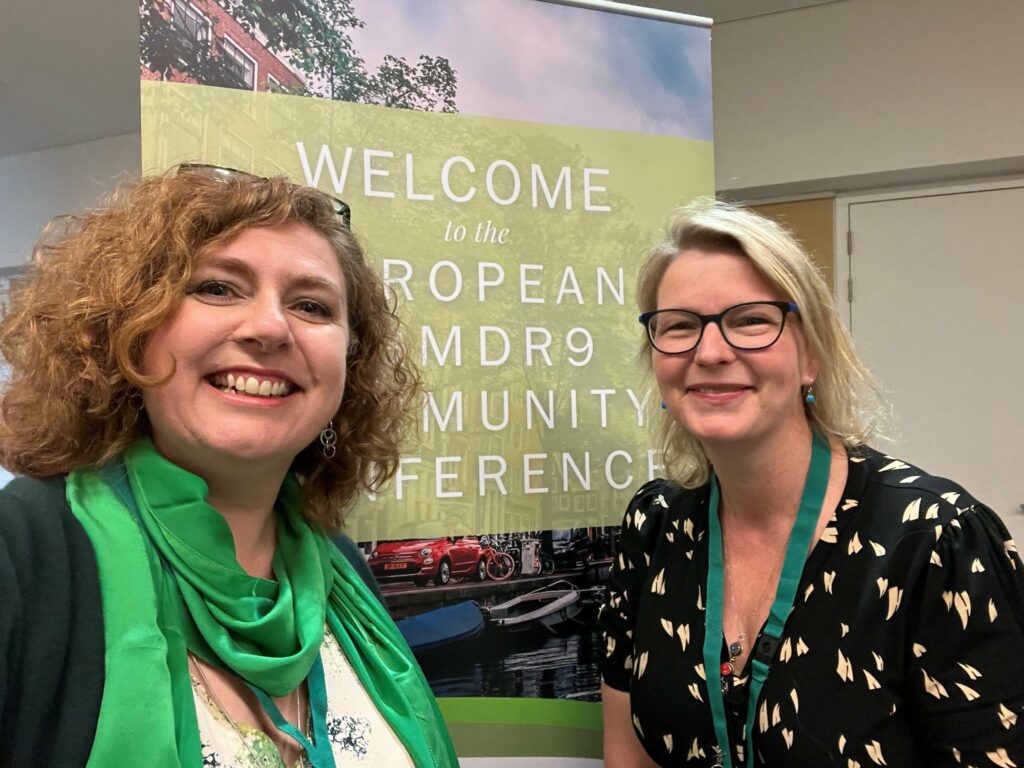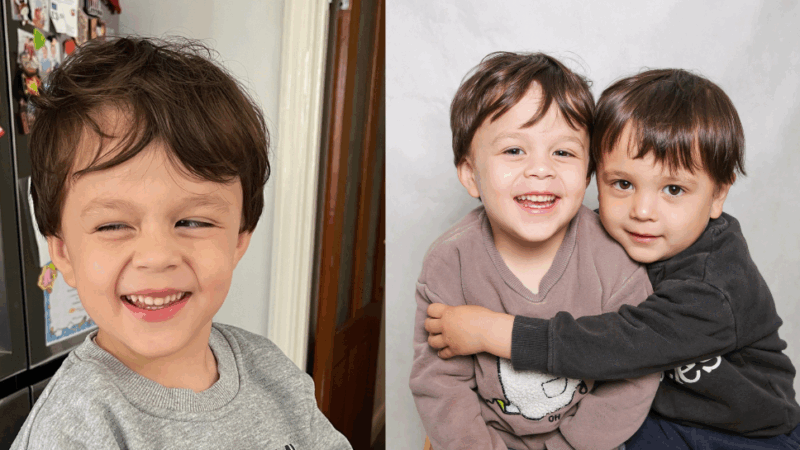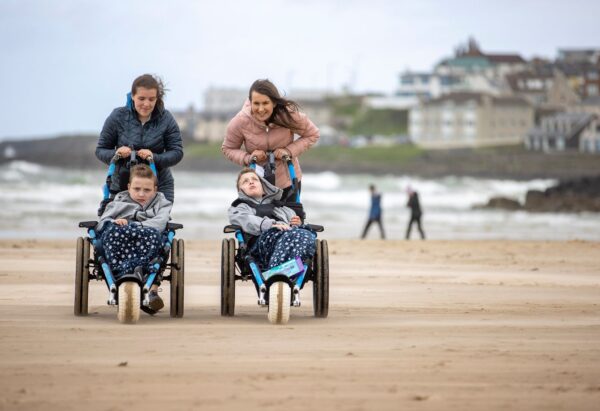Our Director of Research, Kate Adcock, attended two conferences in Amsterdam focused on LGMDR9, a form of limb girdle muscular dystrophy, at the end of May.
Limb girdle muscular dystrophy patient conference and standards of care development

I had the enormous pleasure of travelling to Amsterdam to attend the first ever LGMDR9 (LGMD2I) European Patient Day on Saturday 25 May and a meeting to discuss standards of care for limb girdle muscular dystrophy R9. As one of the sponsors of the events, it was a huge privilege to be there to meet the families and experts
Developing standards of care for limb girdle muscular dystrophy R9
International experts in adult and paediatric neurology, physiotherapy, occupational therapy, cardiac care and respiratory care, as well as people with lived experience, met to discuss the development of international guideline for standards of care for people living with LGMDR9. Standards of care are medical treatment guidelines based on scientific evidence and collaboration between experts involved in the treatment of a given condition.
Experts came from the UK, USA, France, Denmark, Norway, The Netherlands and Belgium. There were a range of interesting topics covered including progression of the condition, exercise, adaptations and occupational needs, psychological care needs, fatigue, pain, respiratory function, cardiac needs, emergency surgery, pregnancy and nutrition, and treatment options.
These guidelines will be written over the coming months, and we will share them with you as soon as possible.
LGMDR9 (LGMD2I) European Patient Day
This was the first European event for people living with the condition and their families. The day offered many opportunities to listen and speak to experts in the field, discuss their shared experiences of LGMDR9 and make new acquaintances.
Topics covered included presentations on physiotherapy, ‘live hacks’, patient registries, playing sports and sailing with muscular dystrophy, respiratory and cardiac management and updates on clinical trial and natural history studies.
The day then moved onto informal breakout sessions where smaller groups could discuss topics of interest. Some of these sessions focused on strategies for school, college and work, mental health, healthcare management and pregnancy. The day ended with a fantastic session where the audience could ask the experts about anything that had come up during the day.
It was a great event and I got to meet some amazing people and families from across Europe. I also had a chance to catch up with MDUK’s 2023 President’s Award Winner for Early Career Scientist of the Year Award, Dr Meredith James.
Both of these events were sponsored by ML Bio Solutions, Ask Bio, atamyo, LGMD2iFund, AFM Telethon, CureLGMD2i, The Speak Foundation, Muscular Dystrophy UK, the Global FKRP Registry and the John Walton Muscular Dystrophy Research Centre at Newcastle University.
What is LGMDR9?
The age of onset of LGMDR9 varies between early childhood and early adulthood and is characterised by a loss of mobility in adolescence or later in adulthood. People with the condition may experience respiratory problems and/or cardiac symptoms.
LGMDR9 (also known as LGMD2i) is caused by changes in the gene coding FKRP (Fukutin-Related Protein). The FKRP protein is an important part of a complicated system that links muscles cells to the space around them. This helps the cells to be stabilised and resistant to movement.
Although there is currently no specific treatment for this condition, there have been several natural history studies and there are some clinical trials underway and/or in development.


